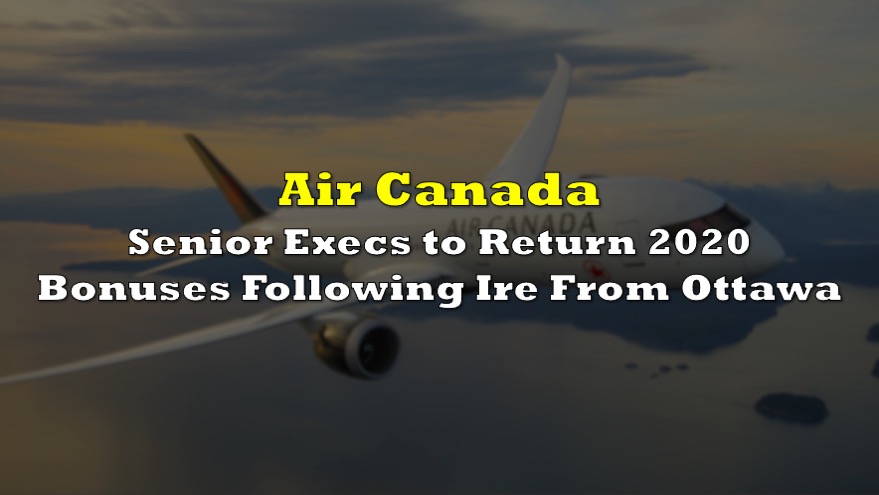Canada Jetlines Operations (Cboe: CJET) abruptly ceased all airline operations on August 15, a decision that sent shockwaves through the Canadian aviation industry. The announcement came just days after a mass resignation of key executives, including the CEO and several board members, highlighting a company in deep turmoil.
However, the story of Canada Jetlines’ downfall goes beyond the struggles of a single airline—it reveals the broader vulnerabilities within the Canadian aviation market and the global airline industry.
The fragility of low-cost carriers
Canada Jetlines’ collapse underscores the precarious position of low-cost carriers (LCCs) in the wake of the COVID-19 pandemic. According to the International Air Transport Association (IATA), global air travel demand fell by 66% in 2020 compared to 2019, marking the worst year in aviation history.
While the industry has been recovering, with passenger demand expected to reach 103% of pre-pandemic levels by the end of 2024, the road to recovery has been uneven. In IATA’s report for May 2024, the demand has gone up by 10.7% from the comparable period last year.
LCCs, which operate on thin margins, have been particularly hard-hit by the economic turbulence of the past few years. While they typically thrive by attracting budget-conscious travelers, the volatile conditions of the post-pandemic market—rising fuel costs, fluctuating demand, and increased competition—have exposed the weaknesses of this business model.
For Canada Jetlines, these challenges proved insurmountable. Despite a strategy focused on offering no-frills service at competitive prices, the airline struggled to achieve profitability. Canada Jetlines reported a $14.2 million loss over the year leading up to March 2024, despite momentarily turning a profit in one quarter. This financial instability was exacerbated by negative working capital of $14.9 million as of March 31, 2024.
The airline’s strategy to grow its fleet to seven planes by the end of 2024, and eventually to 15 by 2026, was regarded as overly ambitious given the fierce competition and high operational costs in the Canadian market.
Even as recently as May 2024, the airline had managed to secure a $2 million loan from Square Financial Investment Corp., but this was not enough to sustain its operations amid rising costs and intense competition.
The difficulties faced by Canada Jetlines are emblematic of the broader challenges in the Canadian aviation market. Canada’s vast geography and relatively small population create a tough environment for airlines, particularly new entrants. The market is dominated by a few major players—most notably Air Canada, which controls approximately 55% of the domestic market share, and WestJet, which holds about 35%. This concentration leaves little room for smaller competitors to establish themselves.
Jacques Roy, a professor of transport management at HEC Montreal, emphasized that any new airline entering the market is almost guaranteed to incur losses in its initial months, necessitating a “good bank account” to survive. This tough environment is a major reason why other low-cost carriers like Lynx Air and Swoop also ceased operations recently.
Canada Jetlines attempted to break into this market by targeting underserved routes and offering low-cost alternatives. However, the airline quickly found itself squeezed by the dominance of the established carriers, who could afford to undercut prices or offer more comprehensive services. Regulatory barriers also played a role, adding to the operational costs and limiting the airline’s ability to compete on a level playing field.
Leadership instability
The sudden resignation of Canada Jetlines’ CEO Brigitte Goersch, along with several board members, just days before the company’s shutdown, points to deeper issues within the airline. Leadership instability is often a red flag, signaling internal disagreements, poor governance, or a lack of strategic direction.
For Canada Jetlines, this instability likely accelerated its financial collapse, as the company struggled to navigate the complex challenges of the aviation industry without a cohesive leadership team.
The leadership exodus followed the earlier retirement of CEO Eddy Doyle in May 2024, further compounding the company’s difficulties. With key decision-makers departing at such a critical time, the airline was left without the guidance it desperately needed to secure its future.
Financing struggle
Canada Jetlines’ inability to secure the necessary financing to continue operations reflects a broader shift in the airline financing landscape. In 2019, global airline debt was estimated at approximately $430 billion and believed to have reached a staggering $651 billion in 2021, with belief that the figure remained in the same range or higher as airlines took on more debt to survive the pandemic in the succeeding years.
In a post-pandemic world, investors have become increasingly cautious about backing airlines, particularly those that are struggling to achieve profitability. The high-profile bankruptcies of other airlines in recent years have made lenders wary, contributing to a tightening of capital in the industry.
This shift has been particularly challenging for new and smaller airlines like Canada Jetlines, which lack the financial resilience of their larger competitors. The airline’s reliance on continuous financing—through debt and equity—proved to be unsustainable in the long term, particularly as market conditions became more volatile.
The collapse of Canada Jetlines marks the third Canadian airline to shut down in less than a year, reflecting broader concerns about competition in the domestic market. The exit of these carriers is expected to reduce competition further, potentially leading to higher fares for consumers.
The collapse of Canada Jetlines has immediate implications for consumers and the broader Canadian aviation industry. Passengers who had booked flights with the airline are now left scrambling to secure refunds and make alternative travel arrangements. Consumer advocacy groups have called on the airline to provide clearer guidance on how passengers can recover their money, but the process is expected to be complicated by the company’s impending filing for creditor protection.
The airline’s collapse also raises important questions about the regulatory environment in Canada. Critics argue that more needs to be done to support new entrants and foster competition in the aviation market, which is currently skewed in favor of established carriers. The failure of Canada Jetlines could serve as a catalyst for regulatory reforms aimed at leveling the playing field and encouraging innovation in the industry.
Information for this story was found via International Air Transport Association, Canadian Transportation Agency, and the sources and companies mentioned. The author has no securities or affiliations related to the organizations discussed. Not a recommendation to buy or sell. Always do additional research and consult a professional before purchasing a security. The author holds no licenses.









